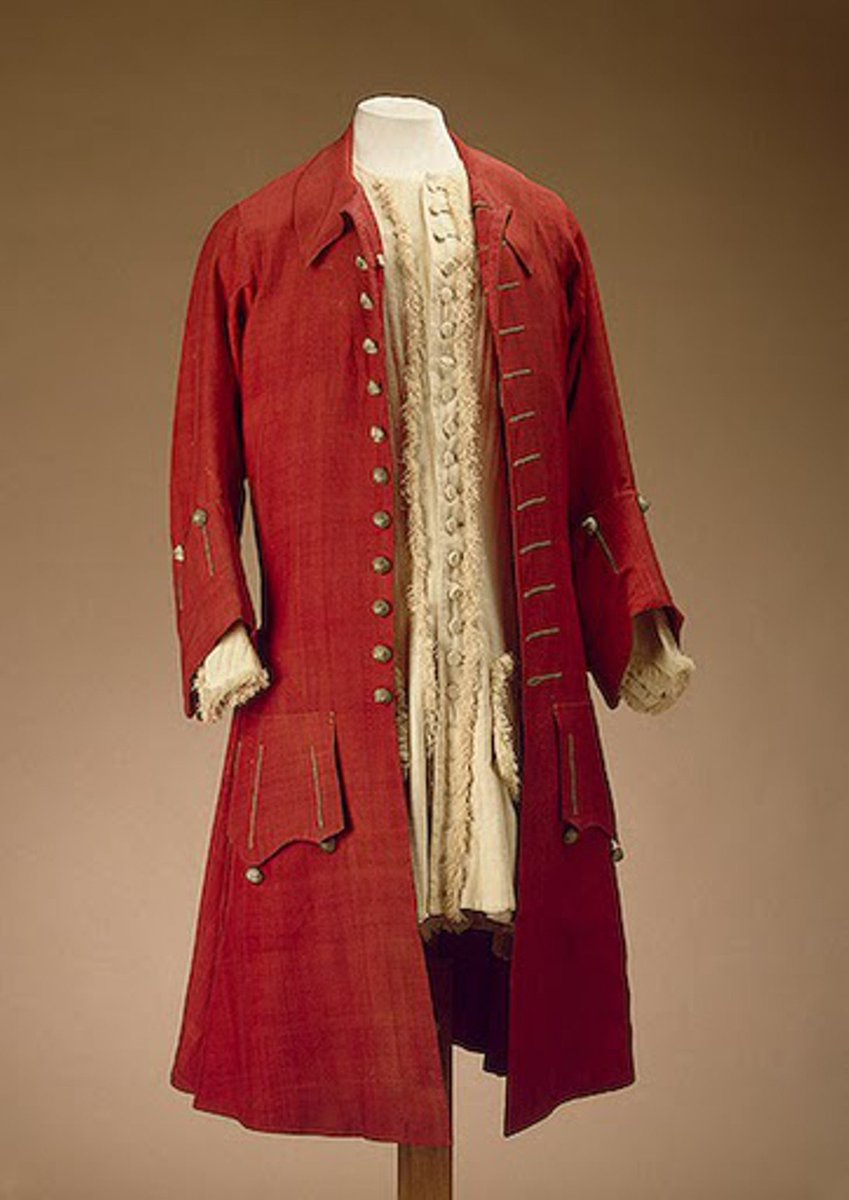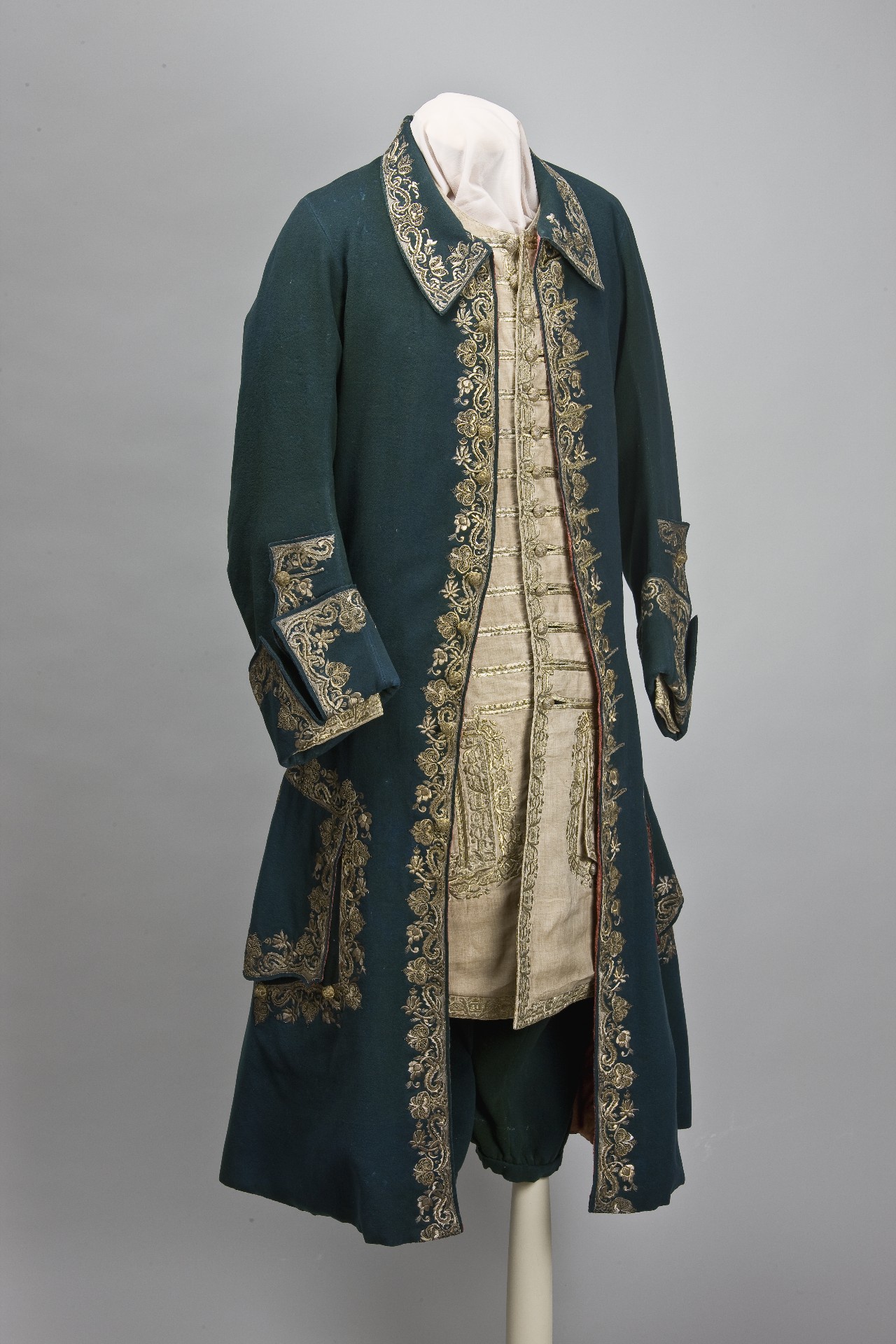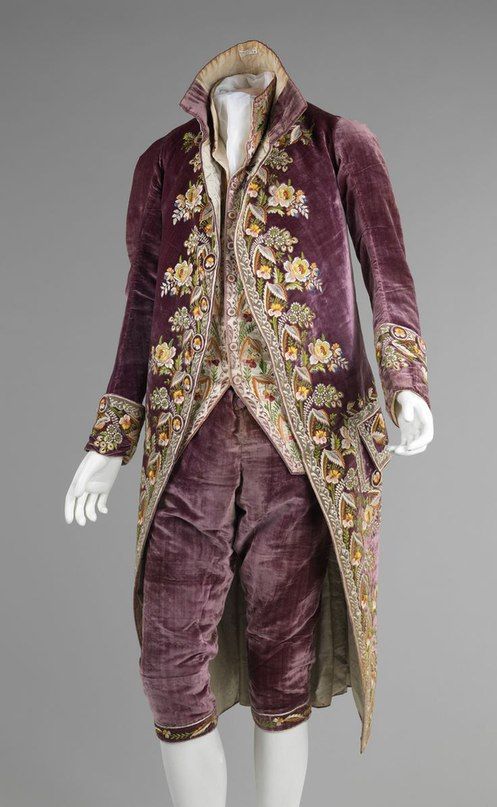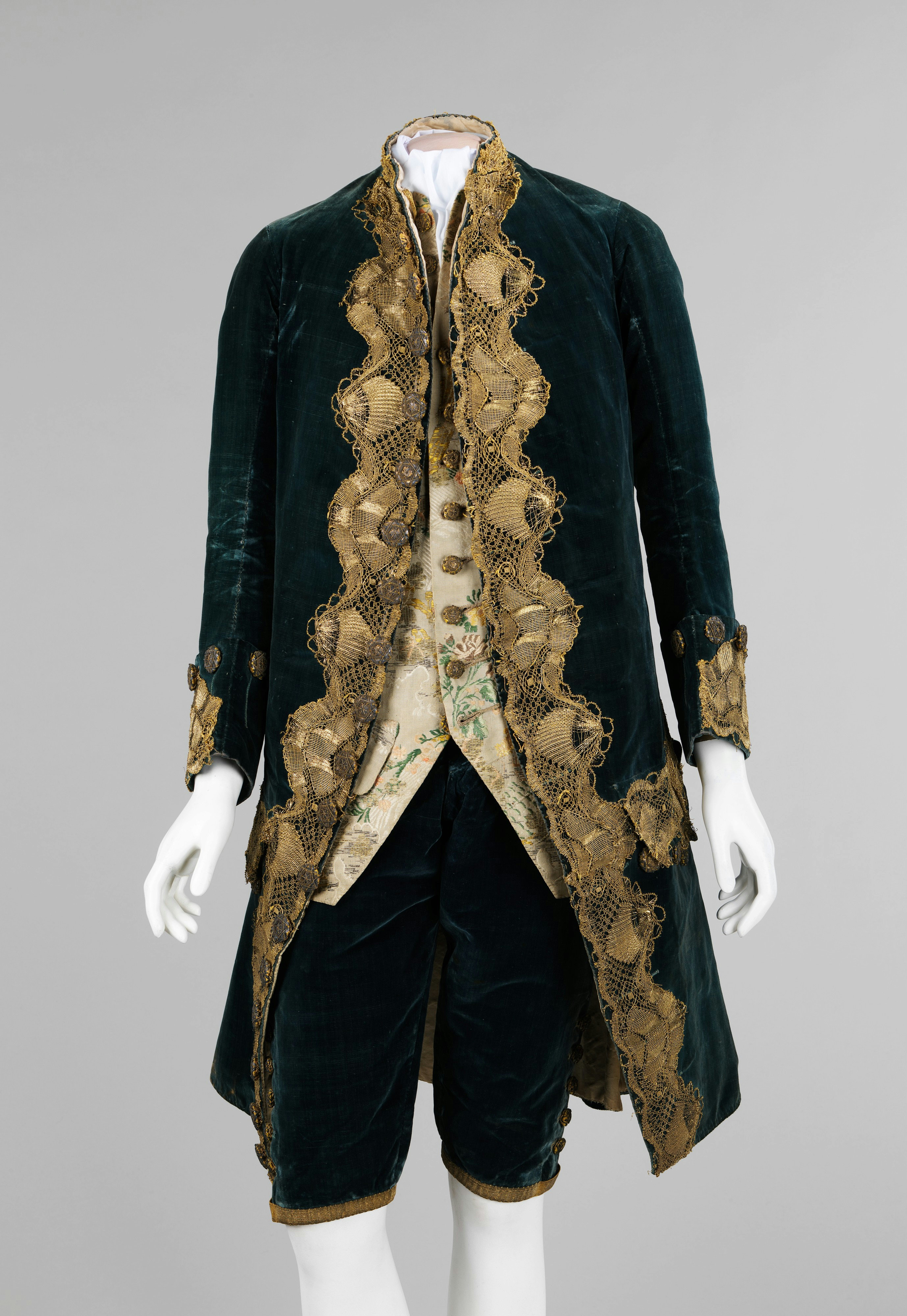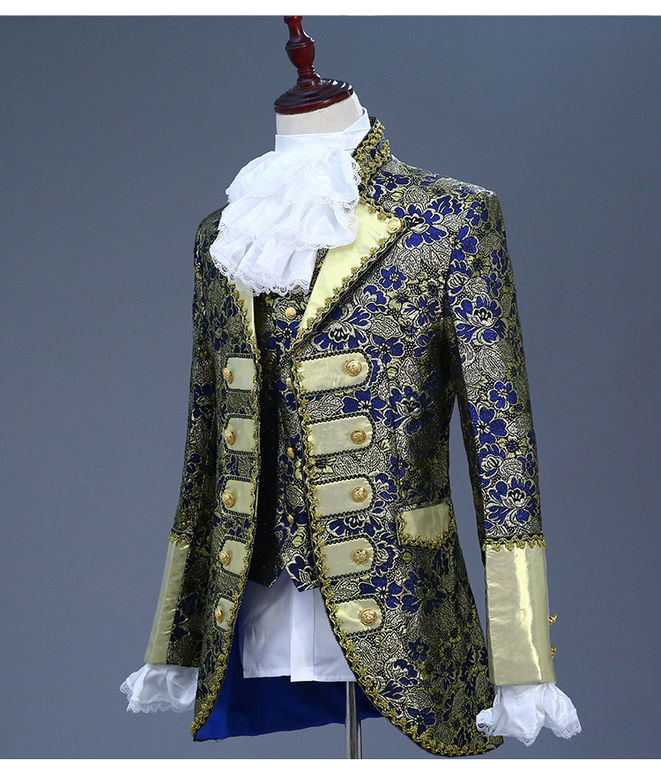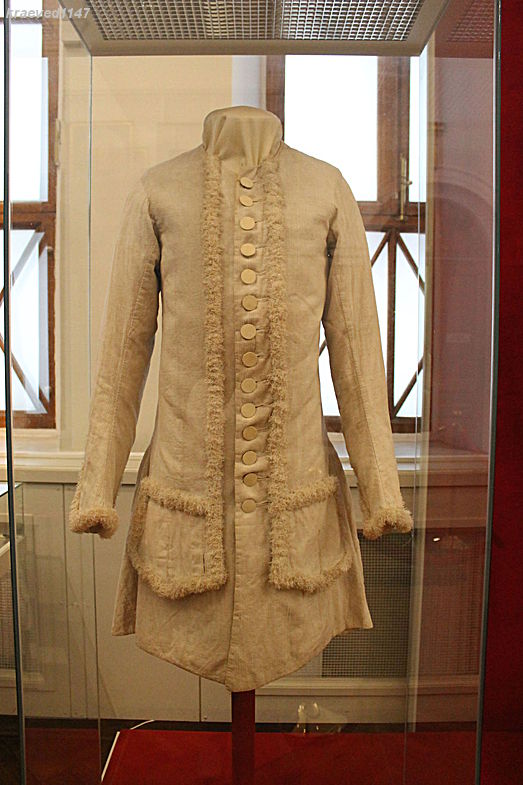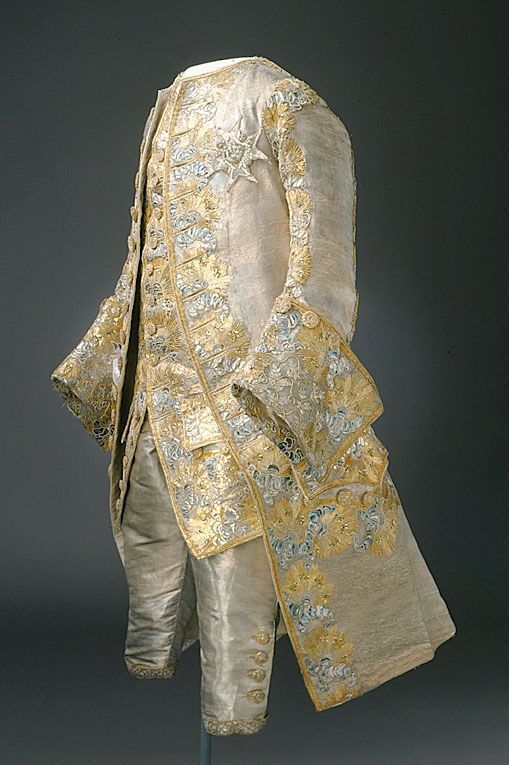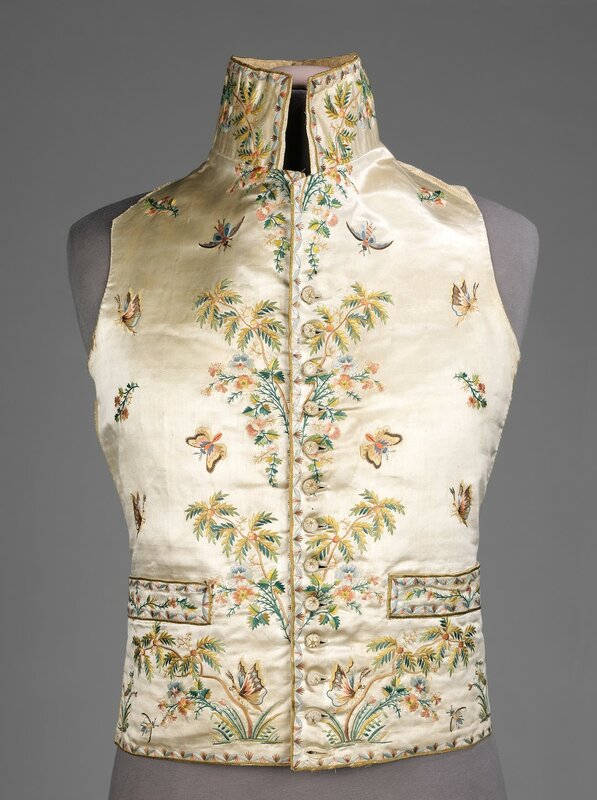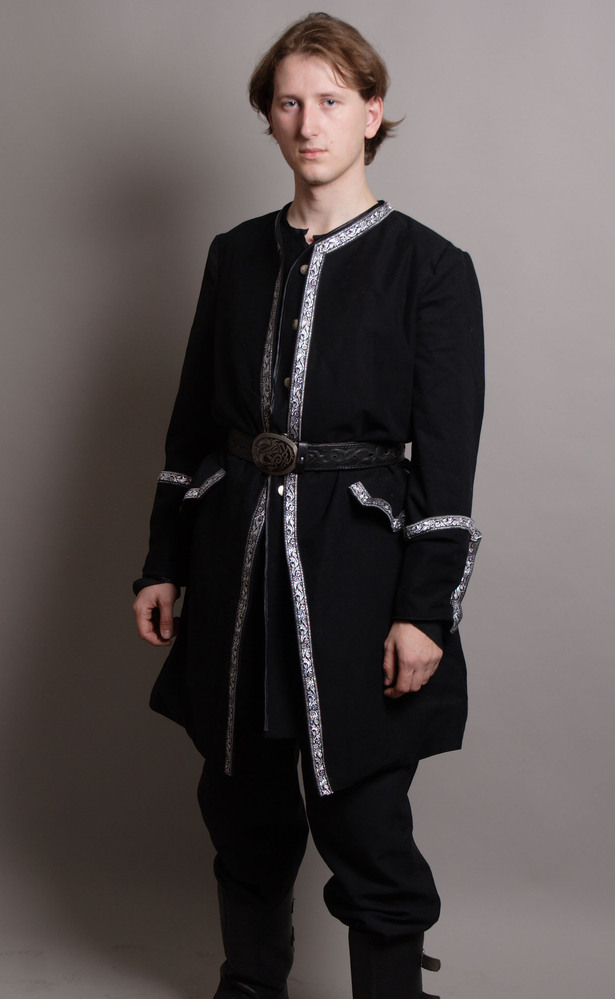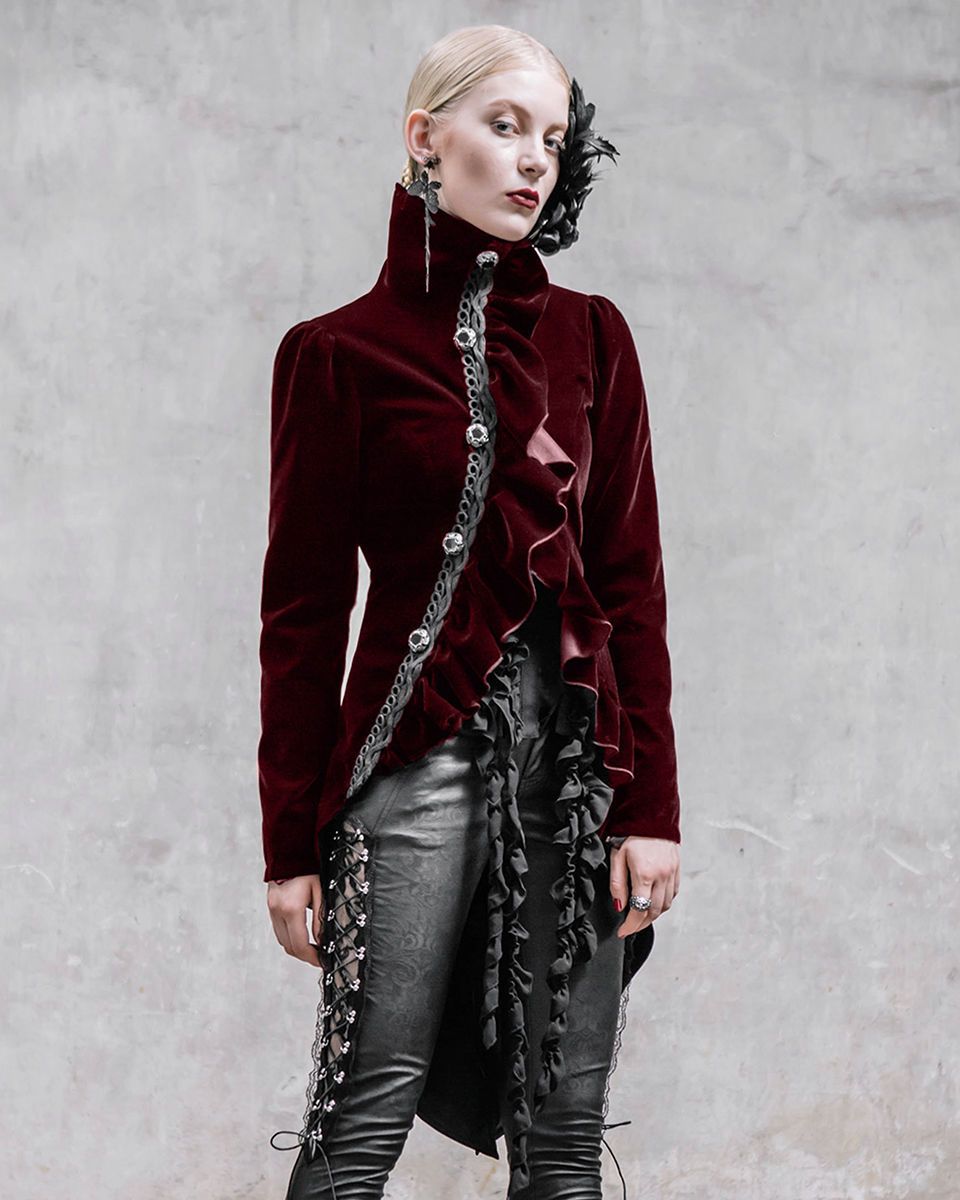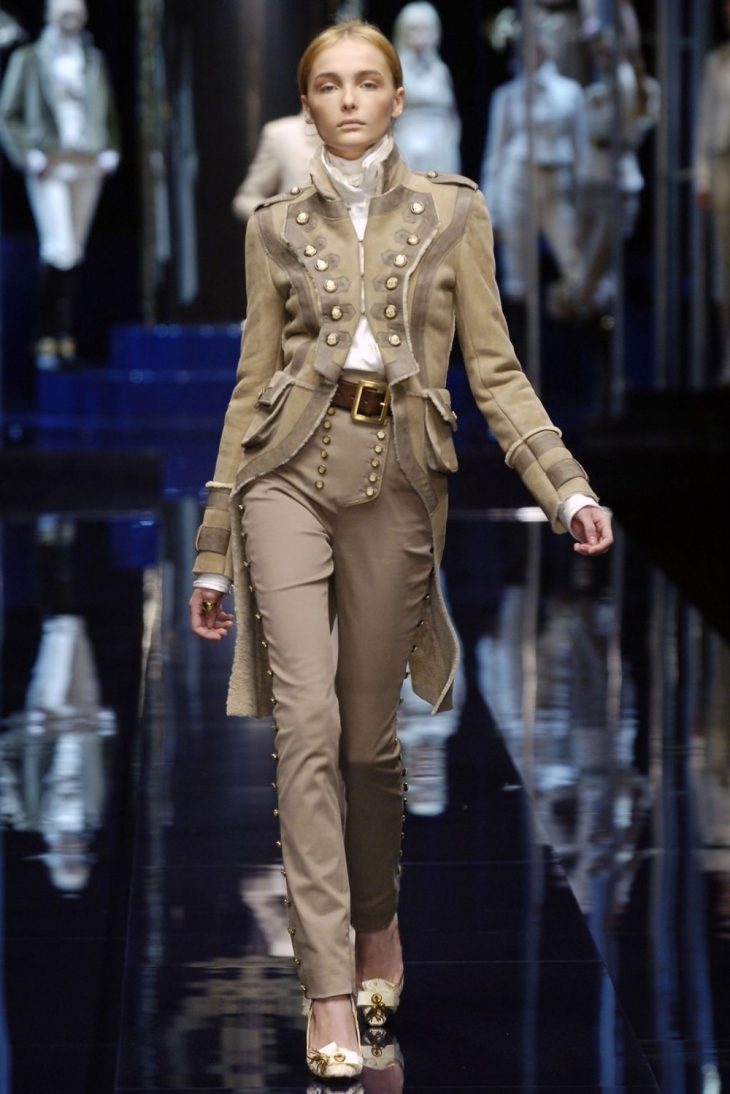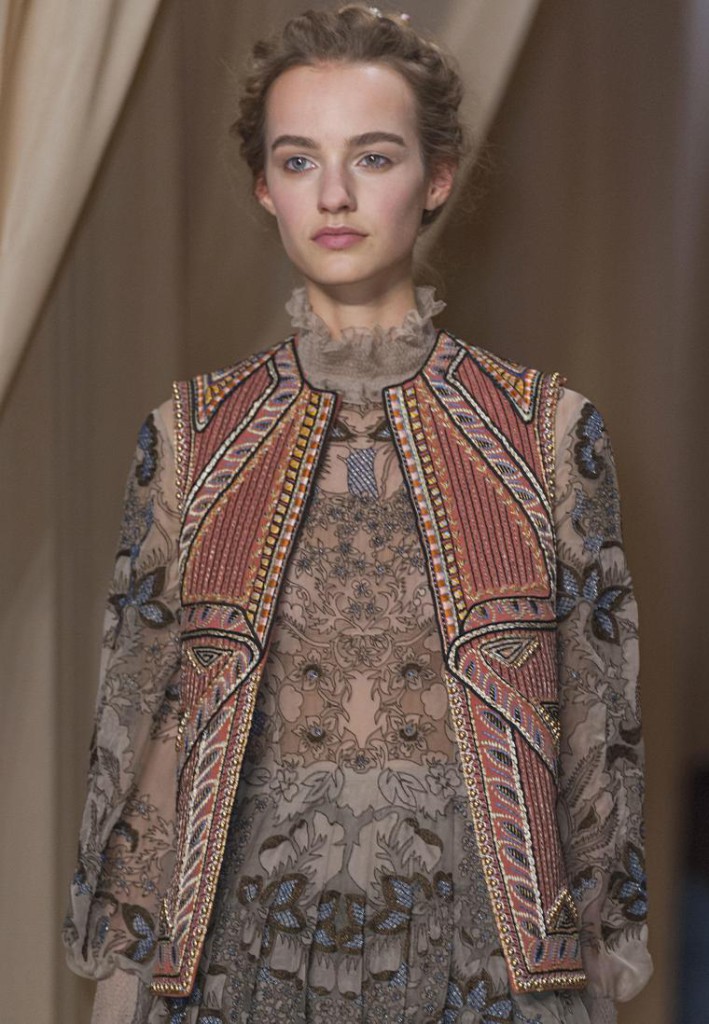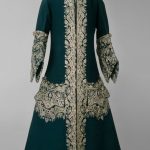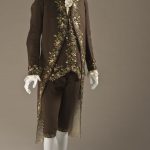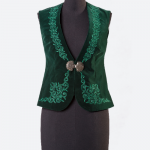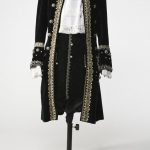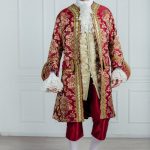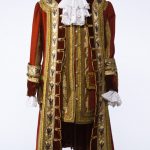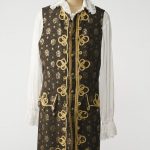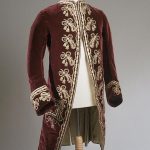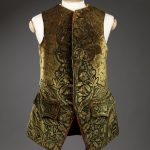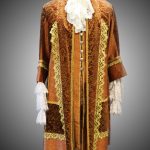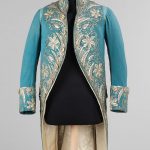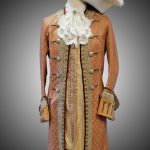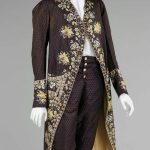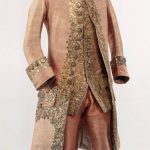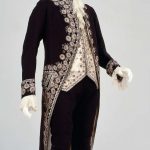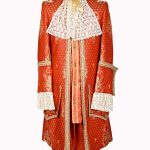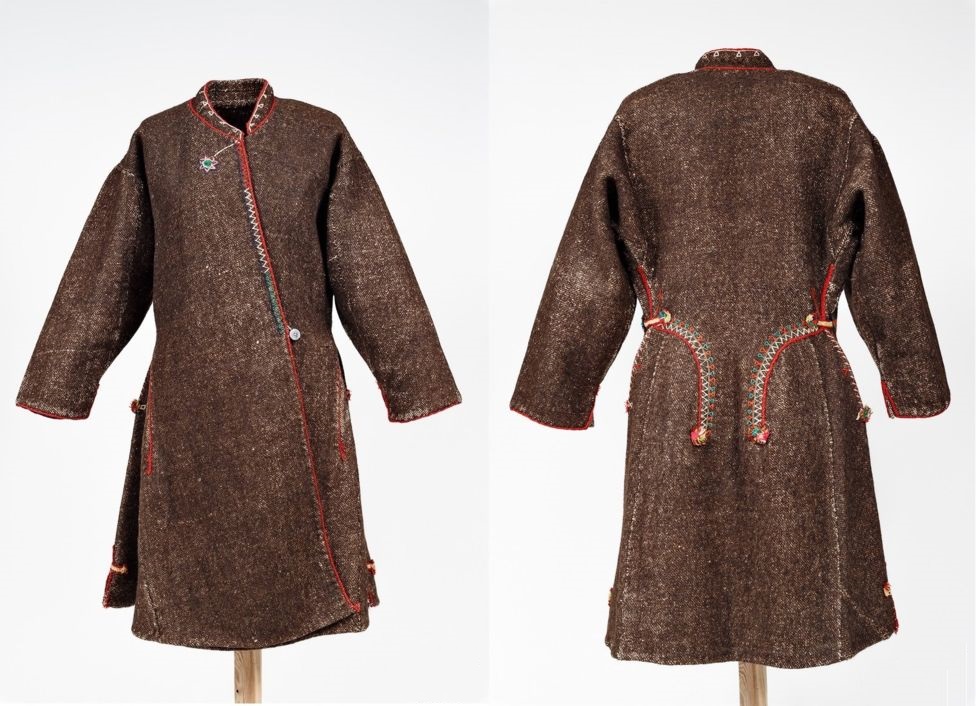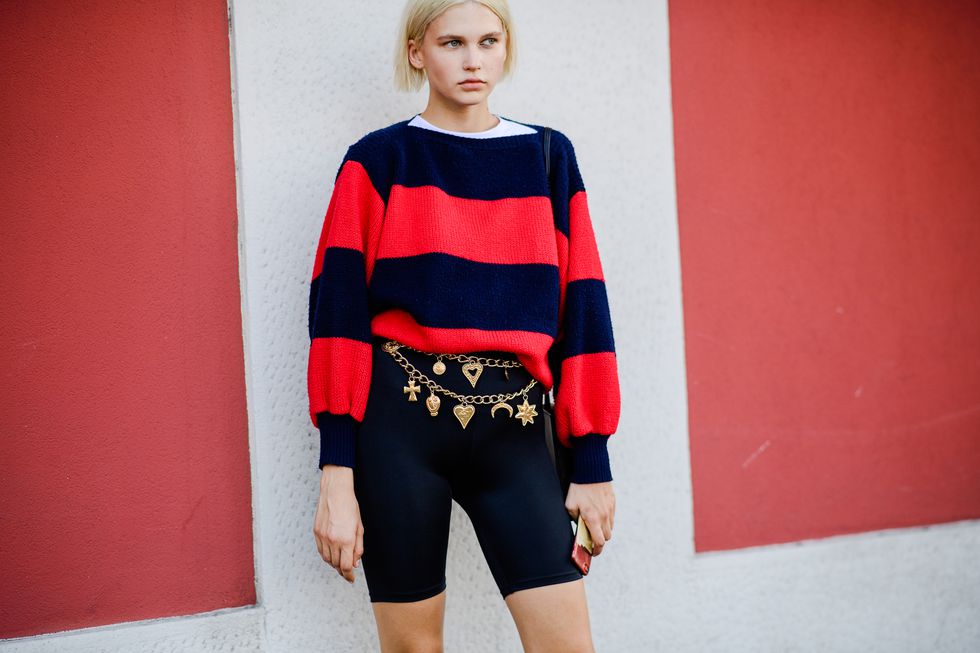Some previously popular items of clothing were borrowed from Western countries. They appeared especially in large numbers during the reign of Peter I. They displaced elements of the national Russian costume among the nobility. One of these items of clothing was the camisole, a type of jacket worn under a caftan. Over the course of its existence, it has undergone many changes. But the essence remained - the camisole was worn over a shirt under a caftan or instead of it.
What is it
A type of men's clothing that is beautifully decorated at the front and peeks out from under the caftan is a camisole. It is a fitted long jacket or vest. Depending on the era and nationality, the word "camisole" was used to refer to different types of clothing:
- At first it was a knee-length jacket. It was sewn fitted and wide at the bottom. The sleeves were usually narrow, as the garment was worn under a caftan.
- During the time of Peter I, this was a mandatory item of clothing for the military. The uniform consisted of short trousers, a camisole worn over a shirt, buttoned up to the top. An unbuttoned caftan was thrown over the top.
- Later, the described item of clothing began to mean a fitted, long, sleeveless vest.
- Among the peoples of Asia - the Kazakhs, Tatars, and Kirghiz - the camisole was a part of not only men's but also women's clothing. It was a sleeveless or short-sleeved vest, mid-thigh length, fitted. It was made of velvet or brocade, and was always very bright and richly decorated. Women wore it over a dress.
The camisole, which was part of the noble costume, was made of cloth, satin, velvet or silk, depending on the situation or season. It was usually made of the same fabric as the caftan, making up a set. Since the item was rarely worn separately, the back was often made of canvas. Thanks to this, the person did not sweat. Sometimes there was lacing on the back, it was tightened to fit the figure so that the item fit tightly, but did not restrict movement.
The camisole was a very bright piece of clothing. Since its front part peeked out from under the caftan, it was richly decorated. The following decorative elements were used:
- silk or sequin embroidery;
- silver and gold thread galloons;
- lots of beautiful buttons;
- chenille - a fluffy silk cord;
- metallic lace.
In the national costume of the Bashkirs and Tatars, the camisole was decorated with fur, bird feathers, beads, and coins.
Such a thing could be sewn from fabric with a printed pattern. Sometimes it was contrasting compared to the caftan, beautiful patch pockets were also sewn onto the item. A richly decorated camisole was an item of festive or evening wear. For every day, it was sewn from simple cloth.
History of creation
This type of clothing first appeared in France in the 17th century. From French, this word is translated as "jacket". The camisole quickly spread and by the 18th century it became an indispensable element of noble costume in many European countries. In Russia, this item of clothing appeared thanks to Peter I.
At that time, the camisole was a fitted jacket with long sleeves. At first, they were wide at the bottom and rolled up. Then they became narrow, so that it was easier to put on a caftan on top. Such a jacket was mid-thigh or knee-length, and flared out at the bottom. It was worn under a caftan, with the front part sticking out a little, so it was beautifully decorated.
Because such a camisole was worn with other things (under a caftan), it changed. The described garment became shorter, lost its widened lower part in the form of a basque. The sleeves also disappeared. From the end of the 18th century, it began to resemble a vest. It was also worn under a caftan and was usually made of the same material.
In the 19th century, under Paul I, the camisole became less popular, as this tsar banned all borrowings from European fashion. From elegant noble clothing, it turned into a waistcoat worn by the poor. The style also changed over time. At first, this wardrobe item was collarless. The upper part of the shirt or jabot was released from under it. Later, it acquired a stand-up collar. The fronts became short, often triangular.
In modern fashion
By the end of the 19th century, the camisole had completely changed and then went out of fashion. It is considered to be the predecessor of the modern waistcoat. The three-piece men's suit, which became widespread at the beginning of the 20th century, follows the trends of those times when a camisole was worn over a shirt and a caftan on top. Only these items of clothing turned into a waistcoat and jacket.
The waistcoat, unlike the camisole, became shorter. It could be not only fitted, but also wide, the product was no longer richly decorated. Minimalism and neutral dark colors came into fashion.
Since the beginning of the 20th century, the word “camisole” is no longer used; it has become a historicism.
Today, this wardrobe item has been preserved in the Kazakh costume. National women's clothing, the main element of which is a camisole, is still popular. It is usually bright red or blue, decorated with beads, embroidery, and gold thread.
Many designers believe that the modern women's jacket also originated from this element of clothing. Its features can be seen in elongated jackets, trench coats and coats:
- fitted silhouette;
- long row of buttons;
- large patch pockets;
- the shelves are shorter than the back.
From the 17th to the 20th century, the camisole experienced periods of popularity and oblivion, during which time it underwent many changes. This word is no longer used, but modern women's jackets often resemble the old-fashioned garment.
Video


